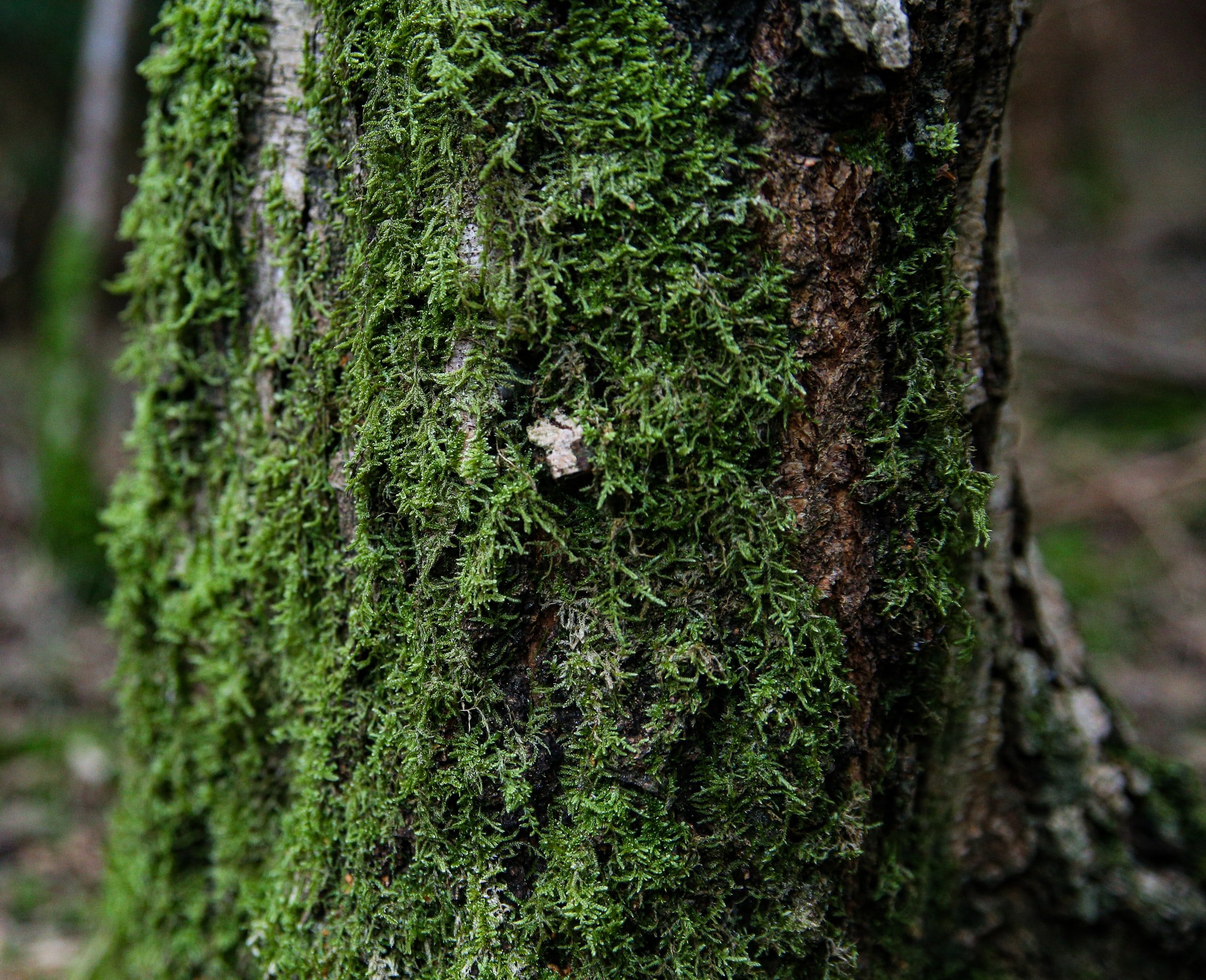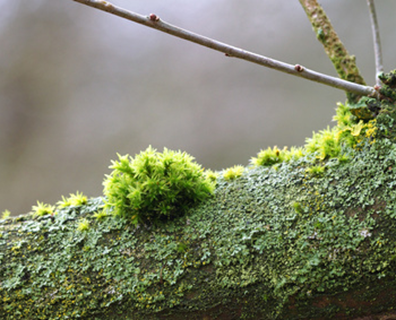
TREE & LAWN CARE BLOG
Why Is My Evergreen Turning Brown?
Evergreen trees have always been a popular species with their habit of maintaining their color in your yard throughout winter. When you see your evergreen turning brown, it can be a cause for worry.
There are a number of reasons why your evergreen might be browning including:
Summer drought - Temperature and environmental factors always play a big role in the health of your trees as well as how they survive less than ideal conditions. Drought is the number one cause for browning evergreens in Georgia.
Pests and diseases - Pests and disease bring about a bigger cause for concern, as these will involve getting help from a tree care expert. Bark beetles are the most common pests found munching away on your evergreens. Diseases such as cytospora canker disease have also been found in the area. It is important to consult with a local tree care professional if you think your tree is infected with pests or diseases.
Transplant shock - Transplant shock can affect all species of plants and trees and is usually caused by damaged roots. Most of the time, they will recover from transplant shock, but it is important to note that this can be a very long and slow process. We recommend fertilization to provide extra nutrients your tree might need to repair itself.
Can I save my browning evergreen tree?
Depending on the cause of the damage, there are a number of things you can do to save your browning evergreen tree before its too late. We always recommend having a tree care expert come out to your property to get a proper diagnosis and treatment plan. However, there are some things you can do in the meantime to encourage repair.
Going into dormant season (winter), is the best time of the year to get your trees on an annual pruning plan. Trimming your trees regularly provides a large number of benefits and is the standard practice in prevention.
Water
If the temperatures in your area have been on the high side with little to no rain, your trees could be browning from drought. Providing your evergreen with water regularly should keep it from browning.
We recommend fertilization during spring, so now is the perfect time to secure your spot on the list! Fertilization replenishes the soil for trees of all types and ages.
If you would like further information or to speak with a tree care expert regarding your trees click the link below to be connected now!
CALL AN ARBORIST.
What is the green stuff growing on my trees?
Most of the time, in damp, shady areas you will spot a substance on the branches or trunk of a seemingly declining tree. This substance can be either lichen or moss.
What’s the difference between lichen and moss on trees?
Lichen
A combination of fungi and algae
Can be a range of colors including blue, green gray etc.
Appears in thin flaky patches
Moss
Always dark green
Coarse texture
Does moss or lichen harm my tree?
Lichen does not harm trees, though it might seem that way because they are usually found on declining specimen. Actually, lichen just tends to thrive on unhealthy trees because when they are under stress, there are usually less leaves and branches, allowing more light to shine on the trunk and creating the perfect environment for lichen to take over.
How can I get rid of moss or lichen on my trees?
There is no pressing need to rid the tree of moss or lichen as it does no harm to your trees and actually can be beneficial to the environment by providing a food source for many birds and other animals. However, if you would still like to get rid of it, a fungicide called copper sulfate can be applied by an ISA certified Arborist to kill it.
If you have moss or lichen on your trees, it is best to have them assessed properly by one of our ISA certified Arborists to rule out any potential tree disease, tree decay or pests that could be causing stress on the tree to begin with. Use the link below to be connected with an ISA certified arborist today!
Connect me with an Arborist NOW!
Signs You Might Have A Bark Beetle Infestation
There are more than 600 different species of bark beetles and over 41.7 millions acres of land destroyed from them. They are becoming more common as time goes on and date back to 1996, when the first outbreak began in the U.S. Bark beetles usually go after the weaker trees, decayed or already taken over by some sort of fungus or bacteria. They kill the trees by cutting off their food and water transport abilities.
Symptoms of bark beetles include:
Pitch tubes, reddish brown in color on the outside of the bark
Sawdust substances around bark
Woodpecker holes could indicate there are bark beetles present
Leaves and needles turn from green to reddish brown
Tree decline
Unfortunately, once the symptoms of bark beetles are noticed, it usually is too late to apply a pesticide and the tree must be removed to prevent further spread in the area. If you notice the bark beetles early on in their cycle, a pesticide can be applied by a certified Arborist that kills the adults when they land on the tree. This will prevent them from entering, laying eggs and repeating the cycle.
When applying pesticides, make sure you use a certified arborist, as these chemicals can be dangerous and cause more harm to the good and helpful insects of the tree.
If you suspect bark beetles on your trees, it is important to contact your local ISA certified arborist immediately to remediate the situation before they take over.






